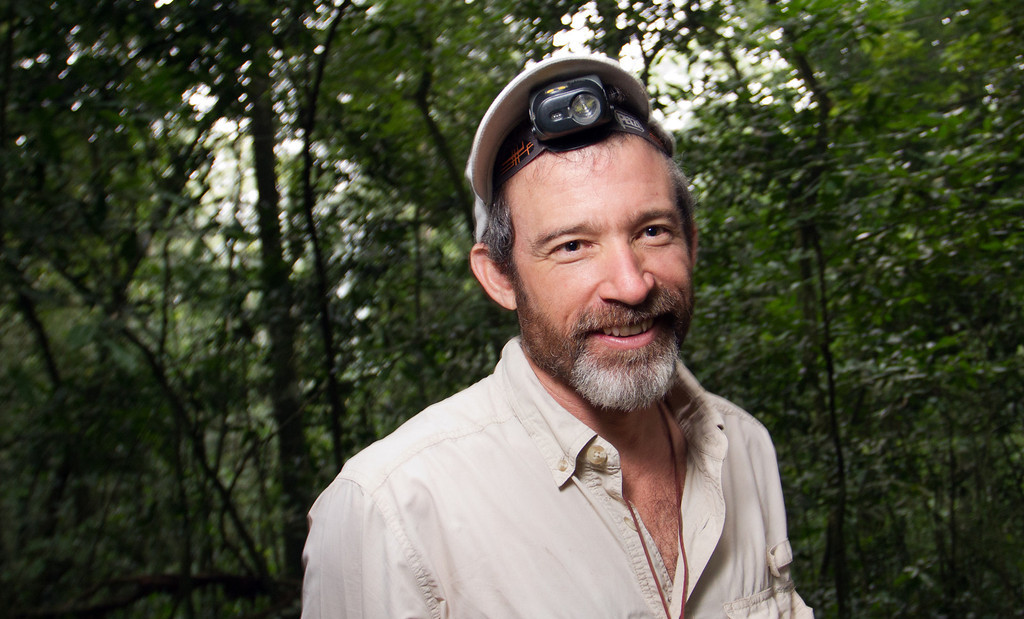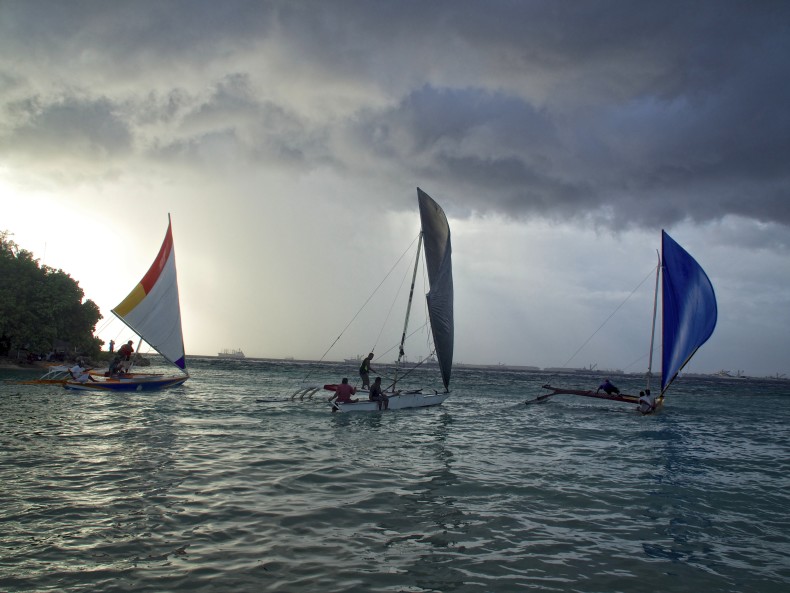Five years ago, I received a fateful invitation to join the Last Word On Nothing. Since then, almost all of the faces have changed, but its maverick spirit lives on. Much like the culture of the Dorset, featured in my first post in 2011…:
There’s nothing like a lost tribe to pique child-like curiosity. When an isolated band of Brazilian forest people were filmed this year, the world ogled the ochre-painted men with voyeuristic glee. Perhaps we longed for first-hand access to our own ancestor’s lives. One of these lost tribe stories – of the unconfirmed variety – is set in Nunavut, in Arctic Canada.
Inuit have ruled the Eastern Arctic for many generations, but they were not, in fact, the first inhabitants. When Inuit arrived they found another culture living a very different Arctic lifestyle from their own. For the better part of the last five thousand years, the area has been populated by the shy, peace-loving Dorset, who arrived from Siberia shortly after 3000BC. They lacked the Inuit’s specialized gadgets and whaling tradition, concentrating on walrus and seal instead. Rather than building igloos, they traveled with skin tents, which they banked with snow or sod. The Dorset had the run of the Arctic, with all its fresh resources – centuries’ worth of driftwood and animals unused to humans – for more than three thousand years.
When the Inuit arrived from the West, the archeological record shows no further traces of the Dorset or their unique shamanic worldview. But rumours abound of Dorset survivors who somehow escaped the mysterious fate of their people. Continue reading
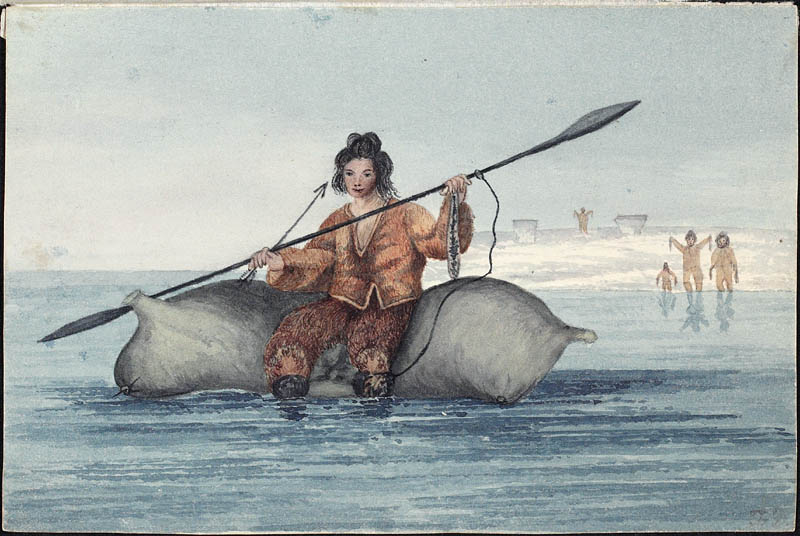

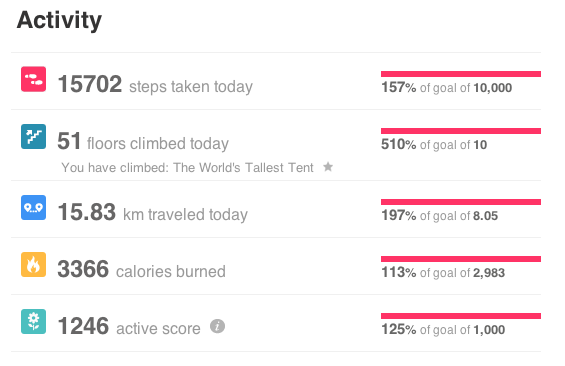
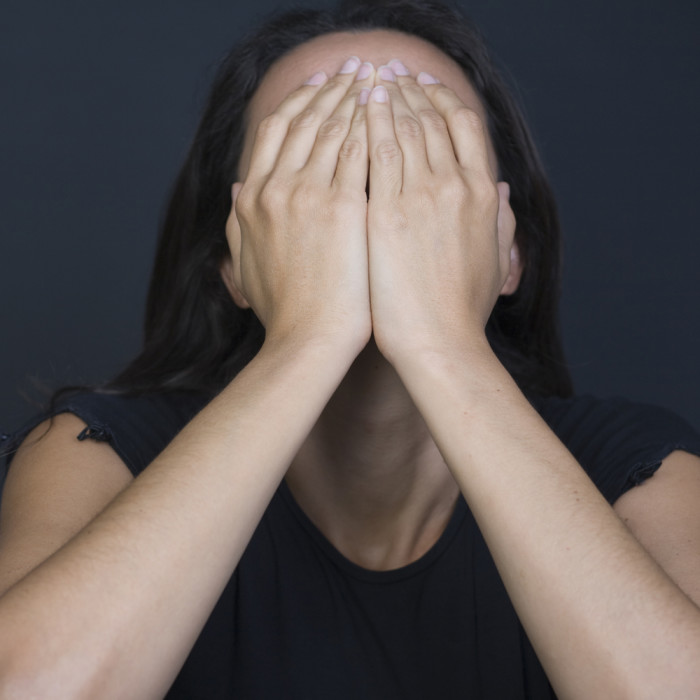
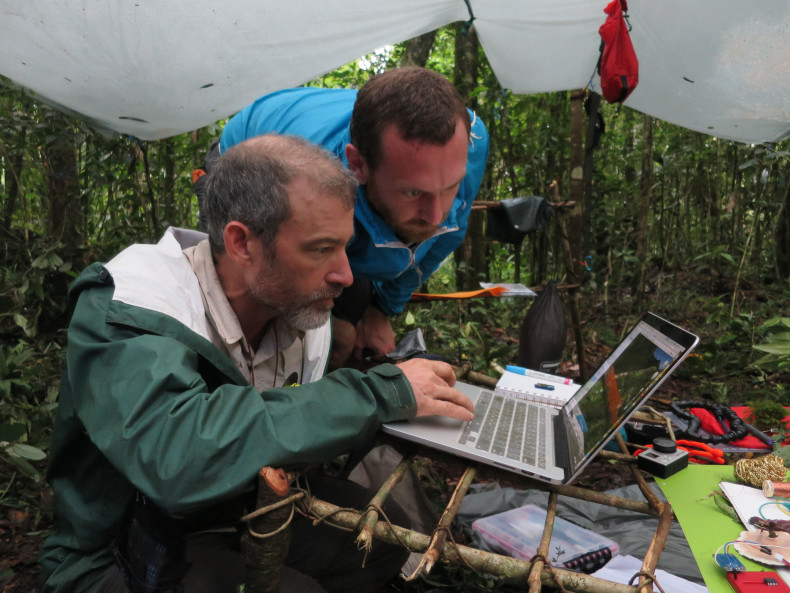
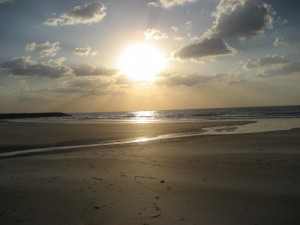 Two years ago this winter, I was trying to figure out why the high tide seems to usually fall on winter mornings where I live, and the low tide on winter evenings. I
Two years ago this winter, I was trying to figure out why the high tide seems to usually fall on winter mornings where I live, and the low tide on winter evenings. I 